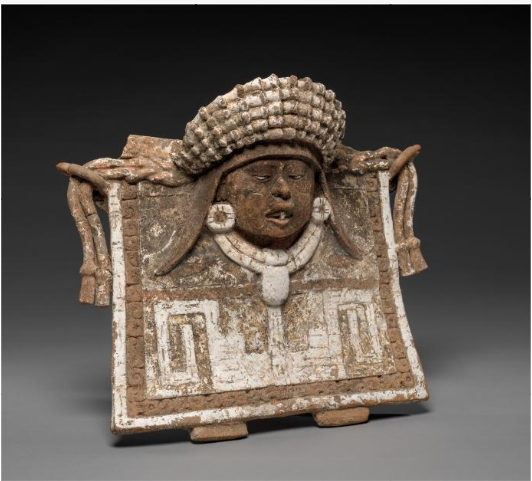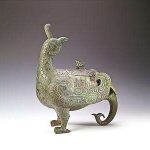Veracruz Figure of a Priestess

Veracruz Figure of a Priestess – from Mexico, dating to the Late Classic period, ca. 550–950 AD. This ceramic figure depicts a priestess, adorned with elaborate headdress, jewelry, and ceremonial attire, reflecting her high status and ritual role within Veracruz society.

The Veracruz Priestess refers to a type of ceramic or terracotta figurine produced by the Classic Veracruz culture (roughly AD 600–900) in what is now Veracruz, Mexico. These striking sculptures often depict women or female figures standing with arms raised, wearing elaborate headdresses and ceremonial attire. One famous example—a life-sized female figure in the collection of the Saint Louis Art Museum—has been interpreted by some scholars as a priestess or deity impersonator; its sculptural details, such as the snakes around her waist, hint at ritual power and spiritual..

Another more dramatic variant is known for carrying a severed (flayed) human arm as part of the headdress, suggesting extraordinarily intense sacrificial or ritualistic practices. Heritage Auctions These artifacts underscore the religious complexity of the Veracruz civilization, where figures of both divine and elite status were modeled in clay to reflect their roles in ceremonial life.












